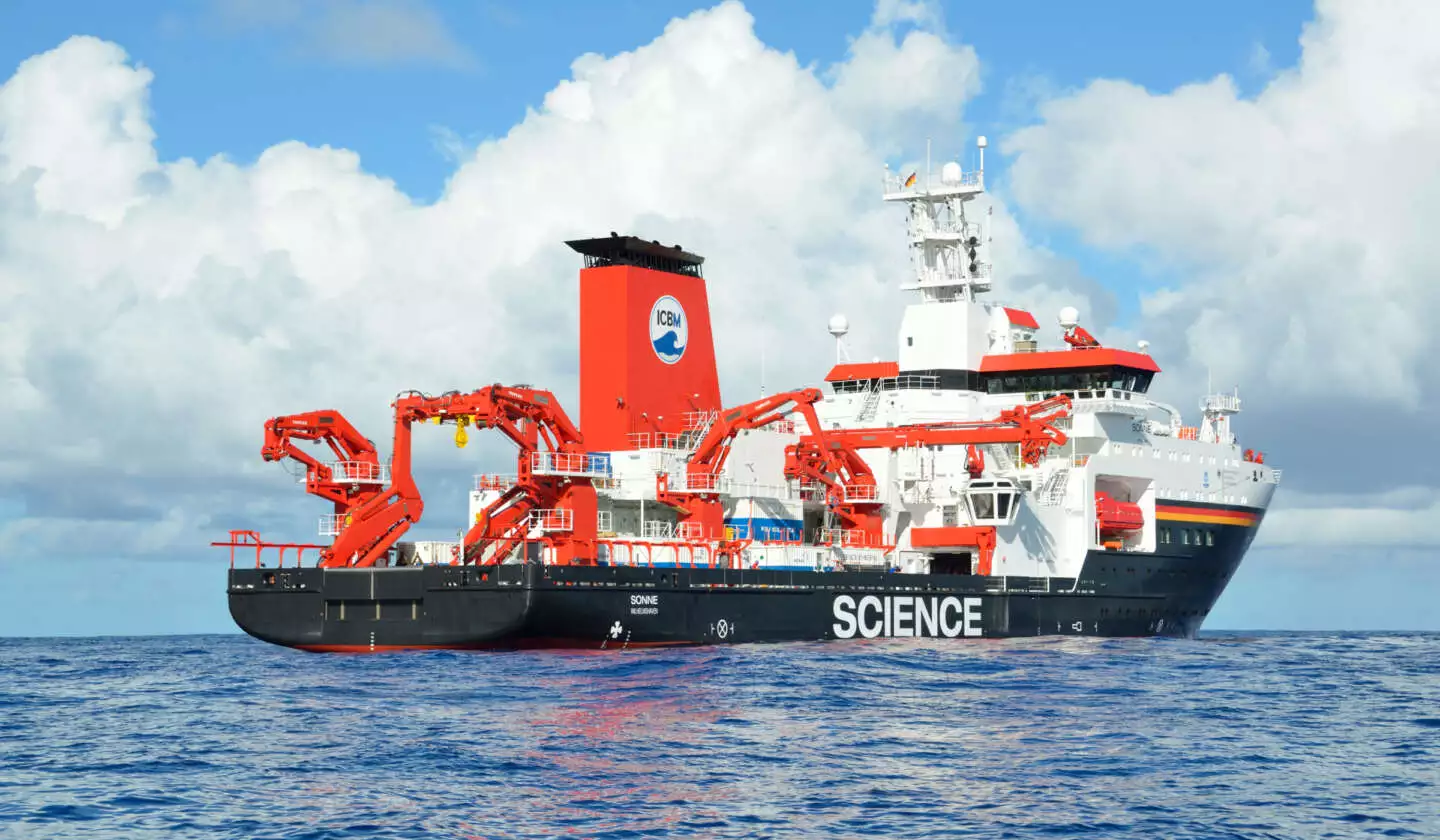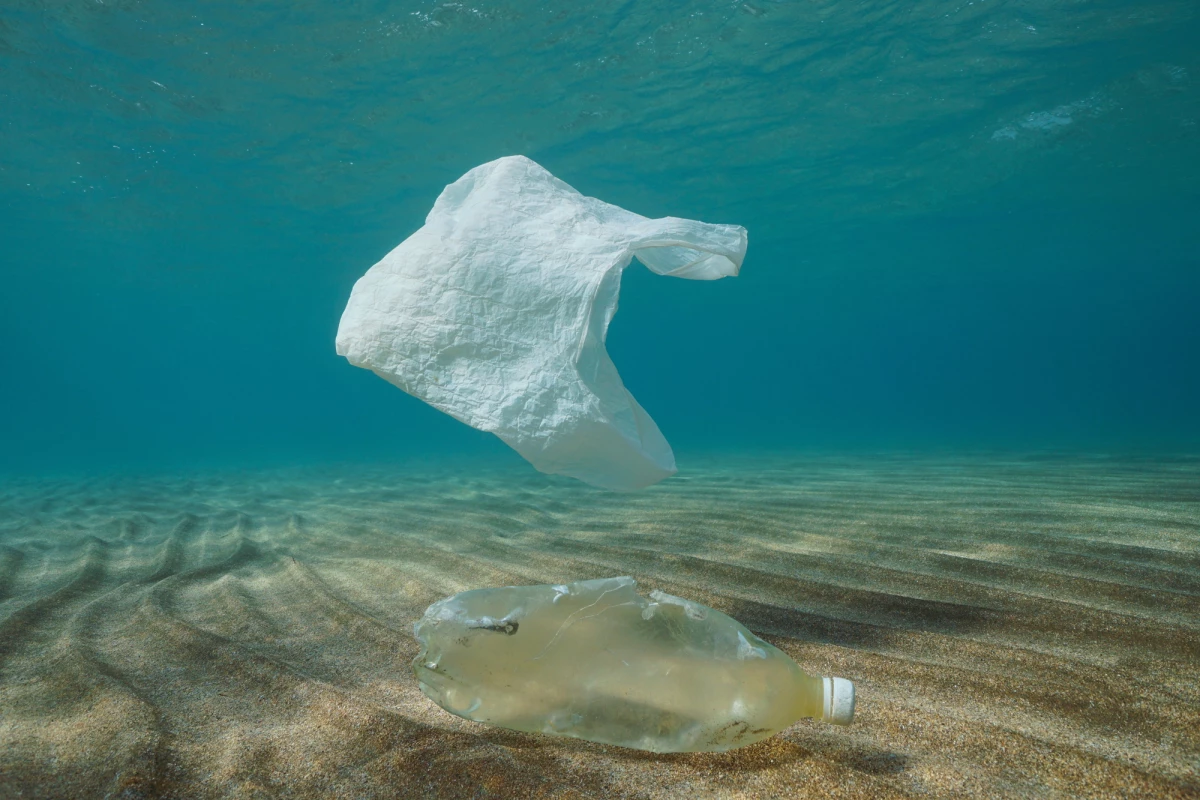We know that tons of plastic waste washes into the ocean each year, but what we don’t know all that much about is what happens to it once it gets there. A new study as shone a light on the role deep-sea trenches can play in the movement of plastic pollution, revealing how they can act as traps, accumulating large amounts of microplastic particles and holding them there.
The reason plastic pollution is so hard to trace through the marine environment is because the forces of the ocean degrade and tear apart the pieces until they become what are known as microplastics, tiny fragments measuring less than 5 mm in size. While these are inherently difficult to monitor as they move through the ocean, recent studies have shown how underwater avalanches can drive microplastics into the deep, and how hotspots can develop on the seafloor.
For this latest study, scientists from Germany’s Senckenberg Research Institute and Natural History Museum in Frankfurt, the Alfred-Wegener-Institut and the Johann Heinrich von Thünen Institut took to the Kuril-Kamchatka Trench in the northwest Pacific Ocean. Here, the researchers collected eight sediment samples from a range of depths across a 2016 expedition.

These were taking from four stations at depths of 5,143 m (16,900 ft), 6,065 m (19,900 ft), 7,138 m (23,400 ft), and 8,255 m (27,000 ft), with the contents studied through a form of spectrometry. The team found 15 different types of plastics in these sediment samples, including ones commonly used in packaging, such as polyethylene and polypropylene.
“The proportion of microplastics in our samples varied between 14 and 209 particles per 1,000 g (35 oz) of dry sediment,” says study author Serena Abel. “The most frequent occurrence of microplastics was recorded at one of the deepest sampling stations in the Kuril-Kamchatka Trench. Apparently, a significantly higher amount of microplastics accumulates in the deeper regions. This is likely due to the fact that the particles can easily be transported to these areas but subsequently are “caught” there. These trenches thus act as veritable ‘plastic traps.’”
All of the microplastics the team spotted were under 375 micrometes in size, and most were smaller than 125 micrometers, or around an eighth of a millimeter. While small, the team says these fragments could represent a missing piece of the puzzle in terms of our best estimates of ocean plastics.
"Global estimates of the incidence of microplastics in our oceans indicate that there must be a portion that exists outside the water column and is missing from these estimates,” says study author Dr. Angelika Brandt. “The accumulation of microplastics in these areas could represent this ‘missing’ share. Microplastics in the deep sea also mean that the basis of the food chain is affected, since many invertebrates feed on sediments, including the microplastic particles. Therefore, future generations unfortunately will have to deal with the consequences of today’s environmental pollution for a long time to come.”
The research was published in the journal Environmental Pollution.
Source: Senckenberg Research Institute and Natural History Museum





